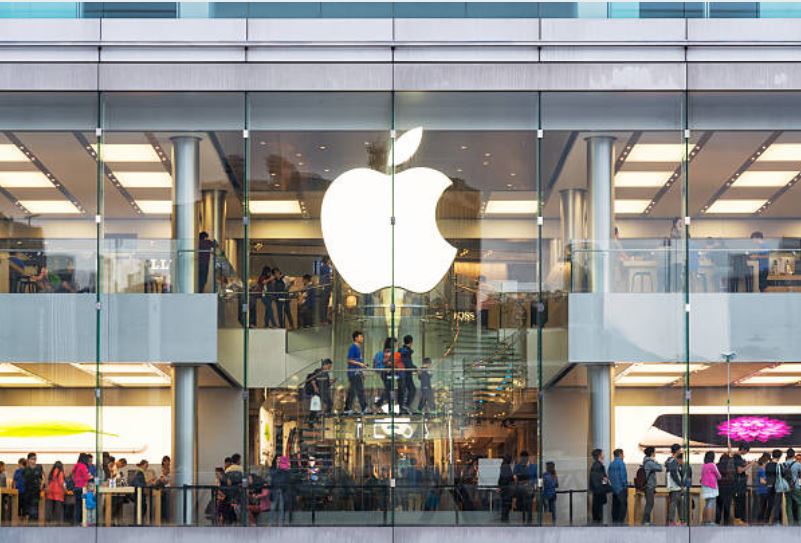At the 2025 Berkshire Hathaway Annual Meeting, Warren Buffett made a statement that left many of us stunned:
“Tim Cook has made more money for Berkshire than I ever did.”
Yes, you read that right. Buffett, the master investor, said that Apple’s $AAPL investment has generated more money for Berkshire Hathaway than any other investment in its long and storied history.
Let’s break down what we can learn from this remarkable gain and how we can apply these lessons to our own investment strategies.
🍏 When Buffett Bought Apple: The Backstory
Buffett’s Berkshire Hathaway started buying Apple stock in early 2016. At the time, Apple was already one of the largest companies in the world—but it was going through a rough patch.
Despite being a tech giant, there was growing fear in the market that Apple’s iPhone sales were stagnating, especially with competitors like Samsung, Google Pixel, and Huawei taking market share. Many investors were losing faith in Apple’s growth potential.
But Buffett didn’t see what everyone else did. He saw:
- A sticky product ecosystem
- Unmatched customer loyalty
- Incredible cash flow
- A visionary CEO in Tim Cook
- And most importantly, a wide moat that protects Apple from competition
Buffett recognized that Apple wasn’t just a smartphone company—it was an integrated tech ecosystem with a loyal customer base and enormous cash flow potential.
💡 The Big Bet: $143B in Gains
When Buffett and Berkshire Hathaway made their move, they invested about $1.1 billion at an average price of $99.49 per share. Fast forward to today, and that investment has turned into $143 billion in gains—including realized capital appreciation, unrealized gains, and dividends.
That’s a 12x return on an already established company. Quite remarkable, especially considering that Apple had already returned 260x since its IPO in 1980.
🧠 The Key Lessons from Buffett’s Apple Investment
- You Don’t Have to Buy Small Stocks to Make Big Gains
Buffett didn’t need to find some obscure small-cap company with high risk to deliver big returns. Instead, he invested in a mega-cap stock that was temporarily undervalued. It’s a powerful reminder that great opportunities can arise even in well-established companies.
- It’s Not About Being Early; It’s About Being Right
Buffett bought Apple 36 years after its IPO, when it had already risen dramatically. You don’t have to be there from the very beginning. What matters is recognizing the long-term potential of a business and buying it at the right price when others are worried or uncertain.
- The 80/20 Rule in Investing
Buffett’s success with Apple is a perfect example of the 80/20 rule, where just a few big winners carry the bulk of your portfolio’s returns. In Buffett’s case, Apple was that one standout investment. But even Buffett made mistakes—like his investments in airlines and other sectors, which didn’t pan out as expected. Despite those losses, the 80/20 rule still works. A few huge winners (like Apple) can drive outsized returns and make up for the occasional misstep.
“Our favorite holding period is forever.” – Warren Buffett
The key here is to let your winners run, rather than trying to chase the next hot stock.
🧱 Buffett’s Golden Rule: Never Lose Money
Of course, it’s important to remember Buffett’s famous rule:
“Rule No. 1: Never lose money. Rule No. 2: Never forget Rule No. 1.”
This doesn’t mean avoiding risk entirely. Rather, it’s about understanding and managing risk. Buffett’s investment in Apple was not a random bet. He understood the company’s fundamentals and long-term prospects, which is why he was confident enough to make a sizable investment.
💬 Final Thoughts
Buffett’s Apple bet serves as a powerful reminder that long-term success in investing doesn’t come from chasing short-term trends or speculating on small companies. It comes from having the patience to find great businesses, buy them at the right price, and hold them for the long haul.
Even after decades of growth, Apple continued to deliver massive returns, proving that great companies can keep growing over time—especially if you buy when others are uncertain.
Buffett’s success with Apple is an illustration of the timeless power of compound growth. The key is to have the wisdom to recognize a great business when it’s temporarily undervalued and the patience to hold on as it continues to grow.












Leave a Reply